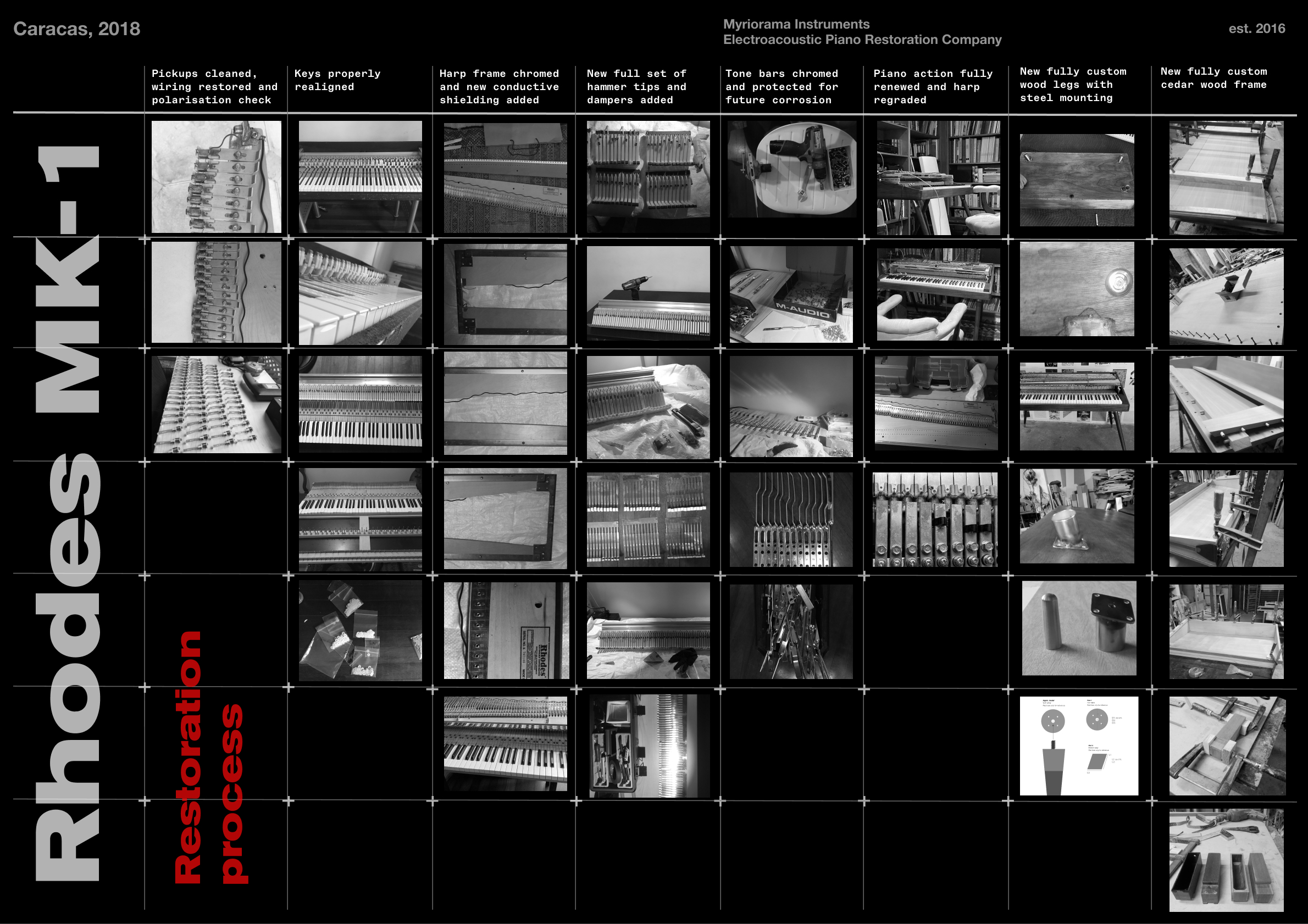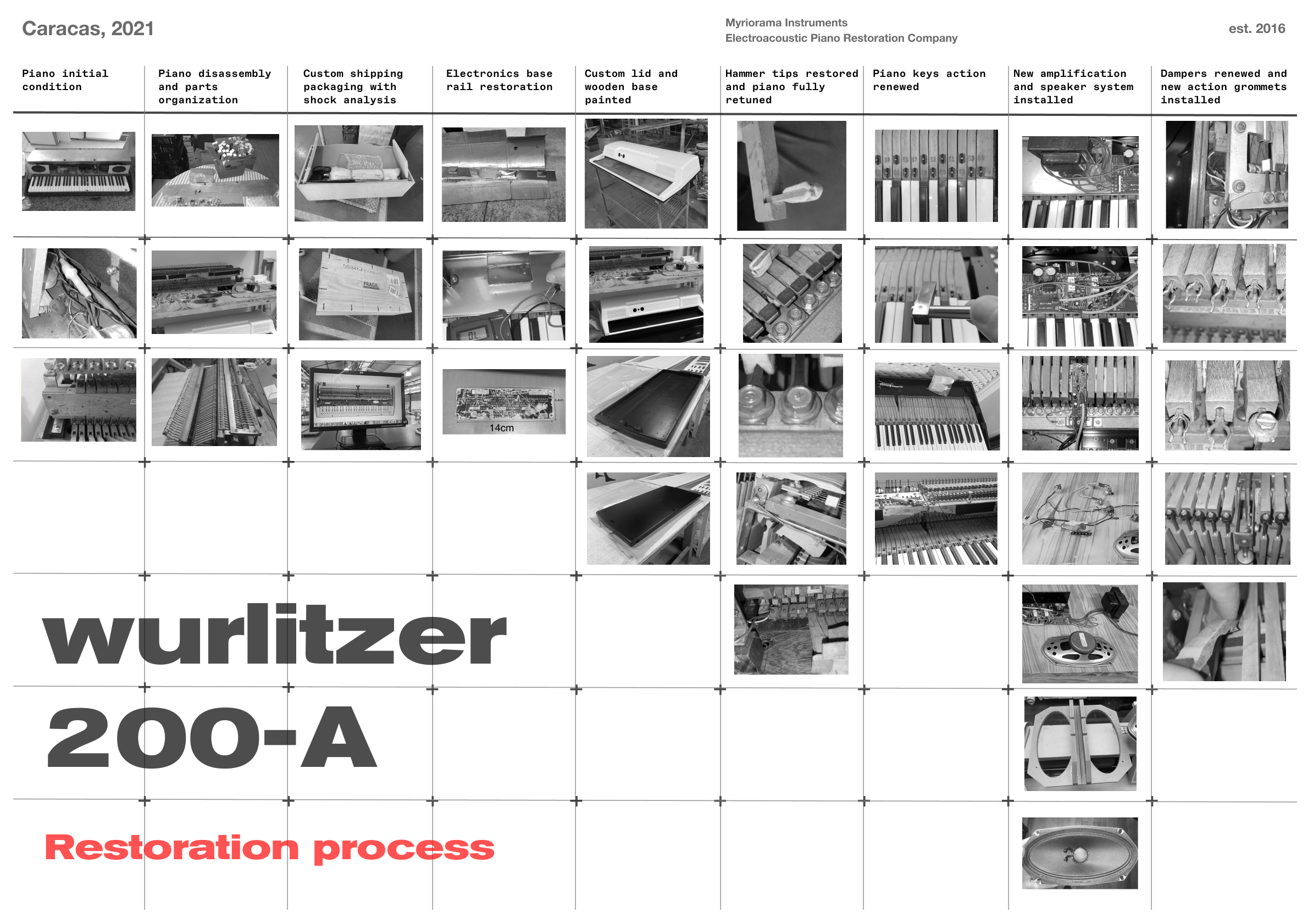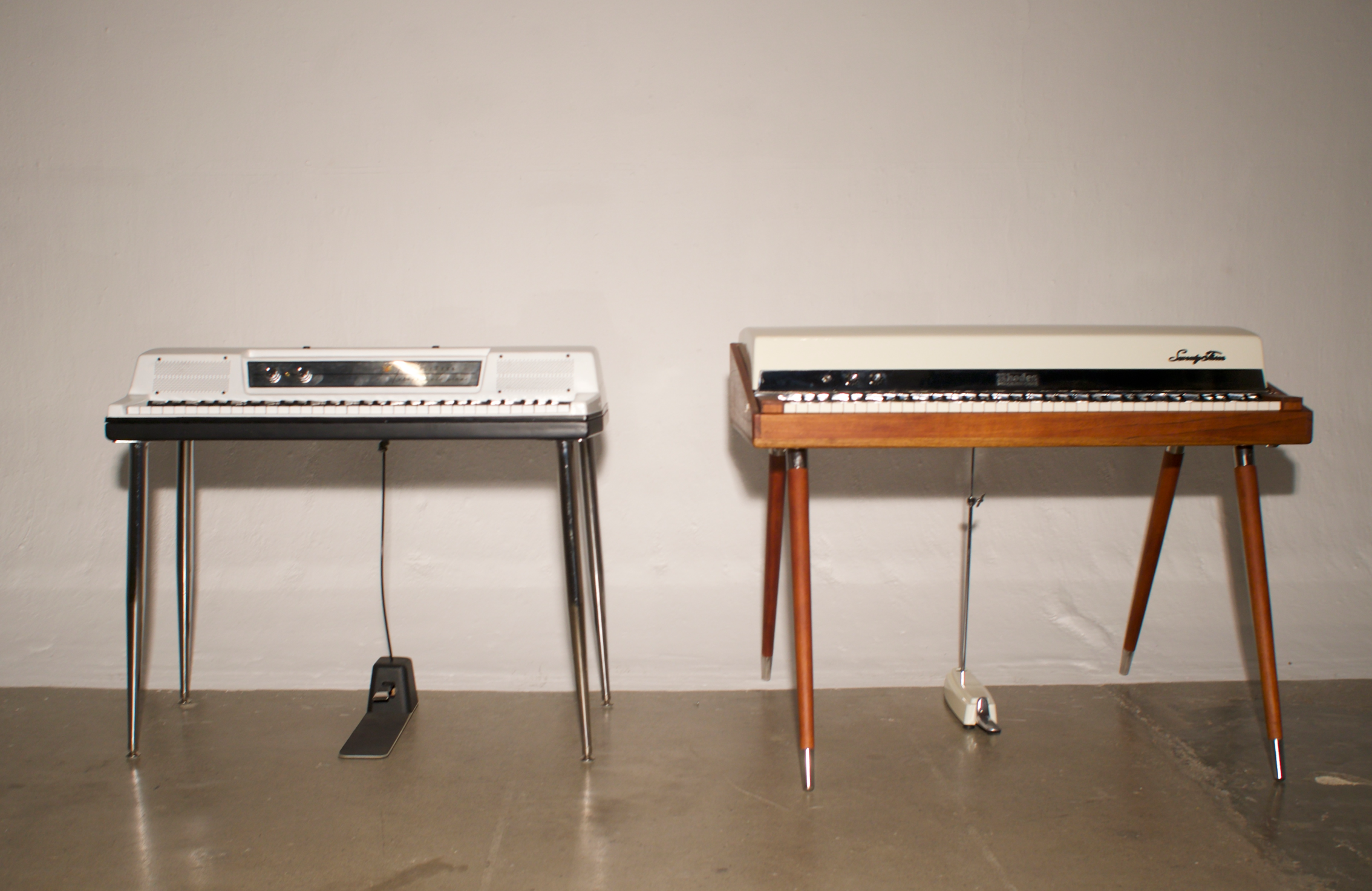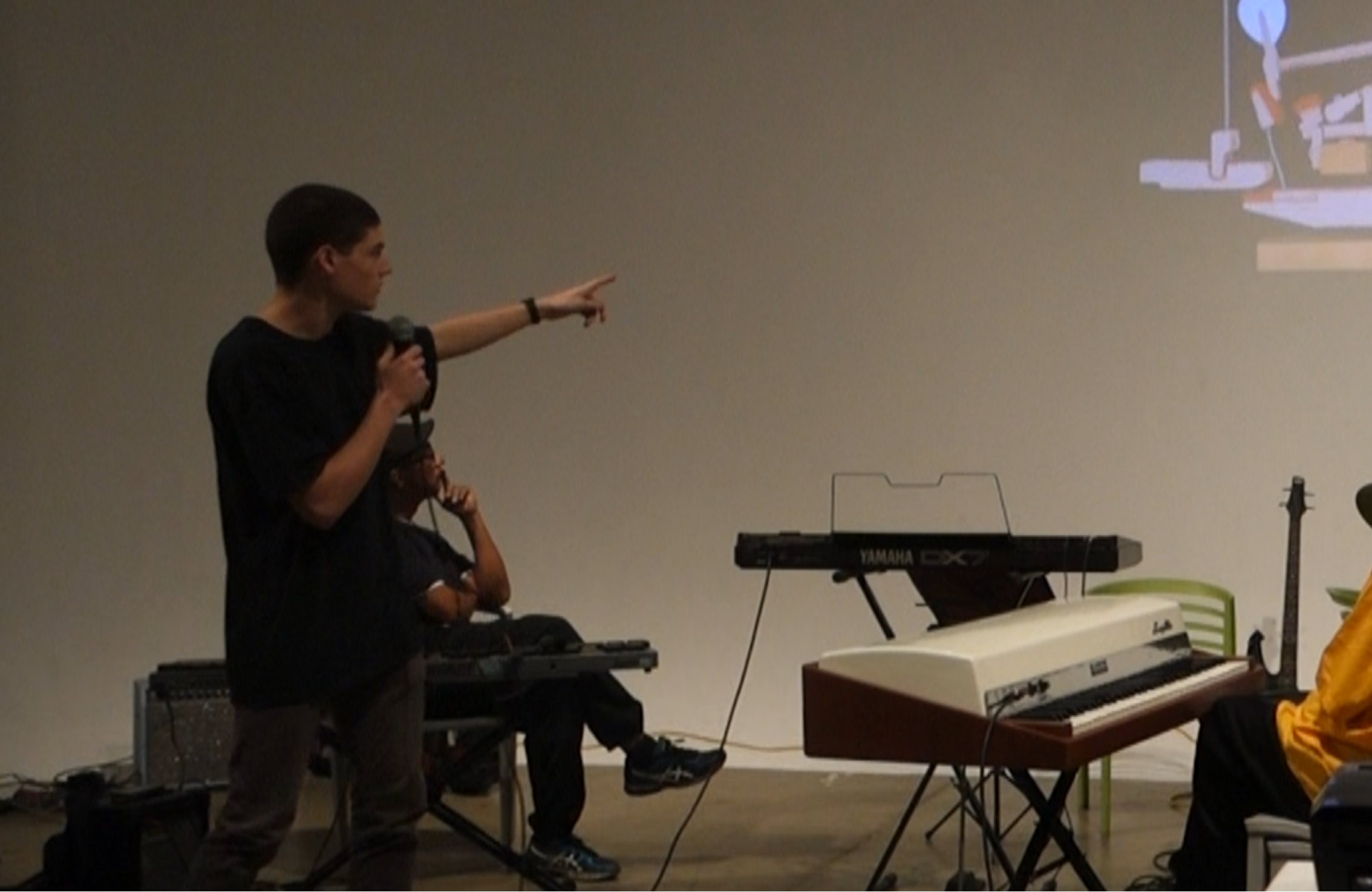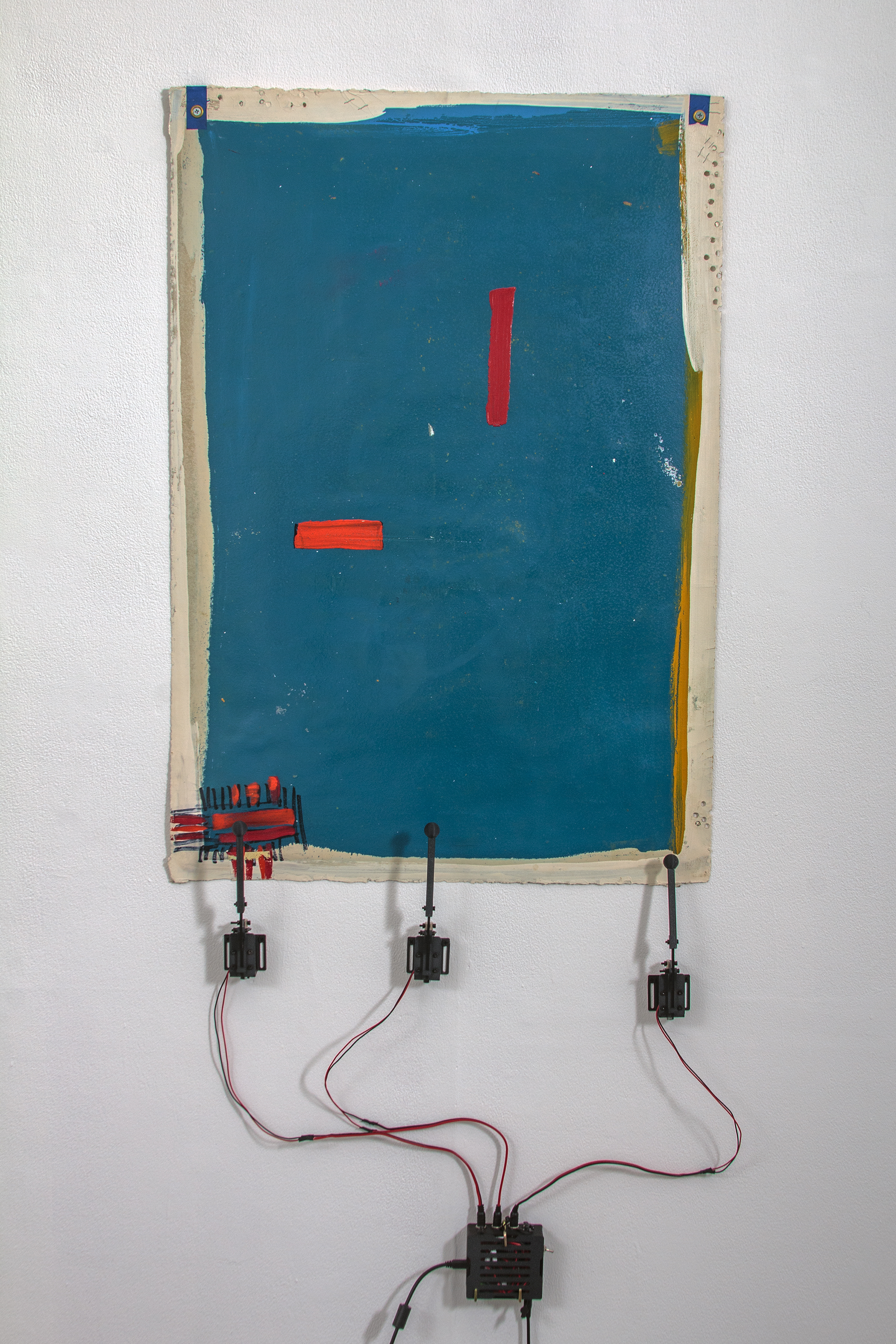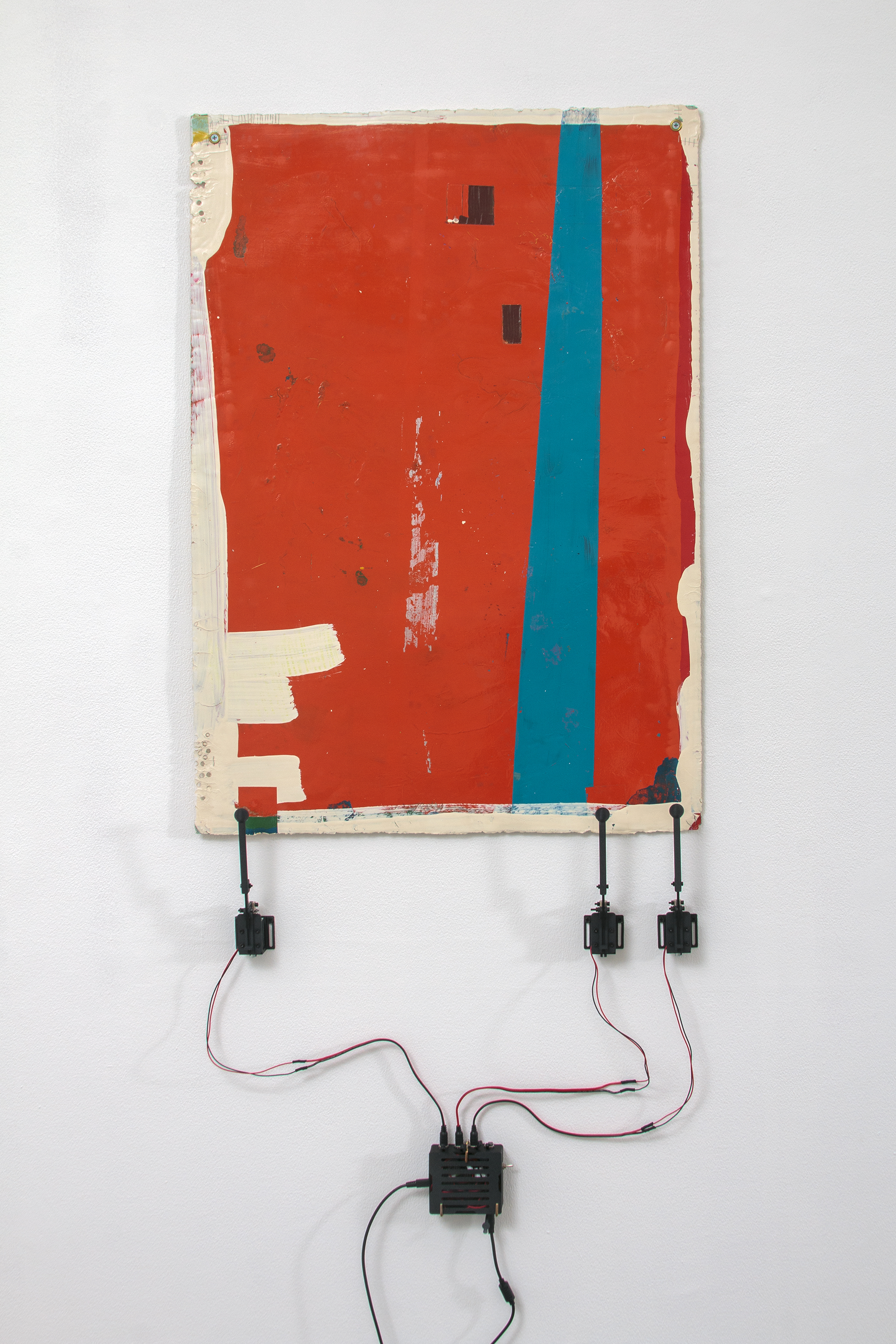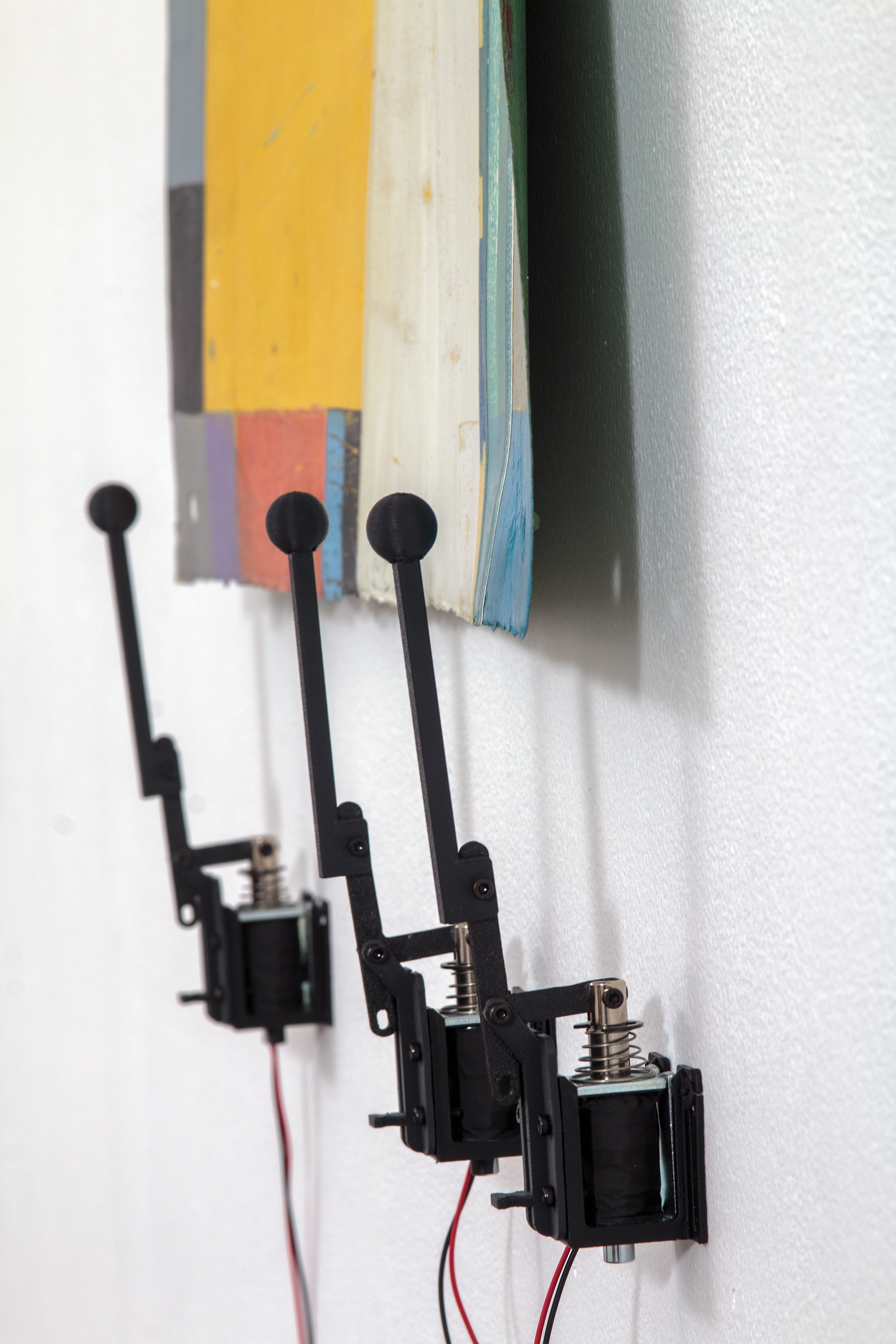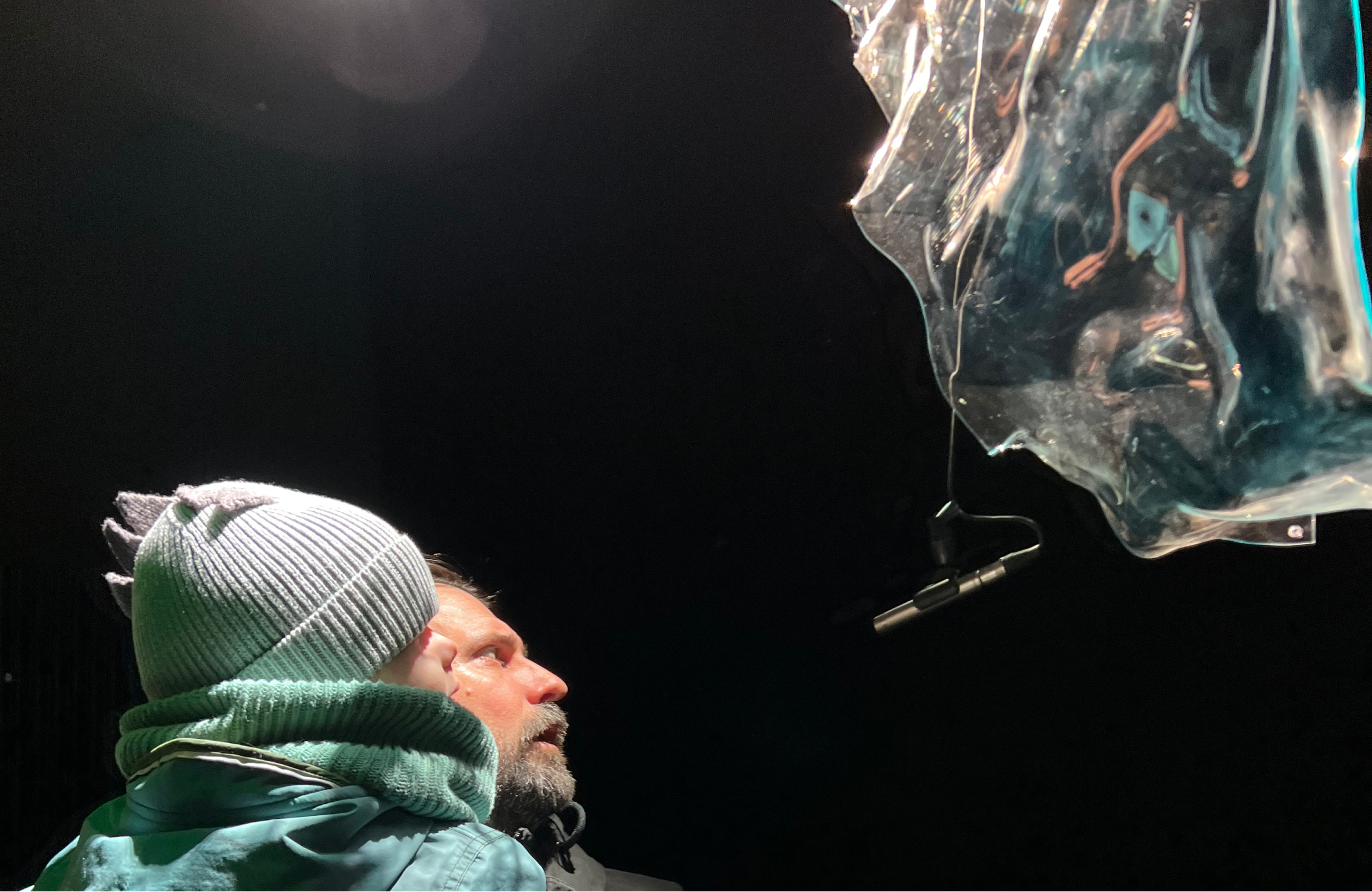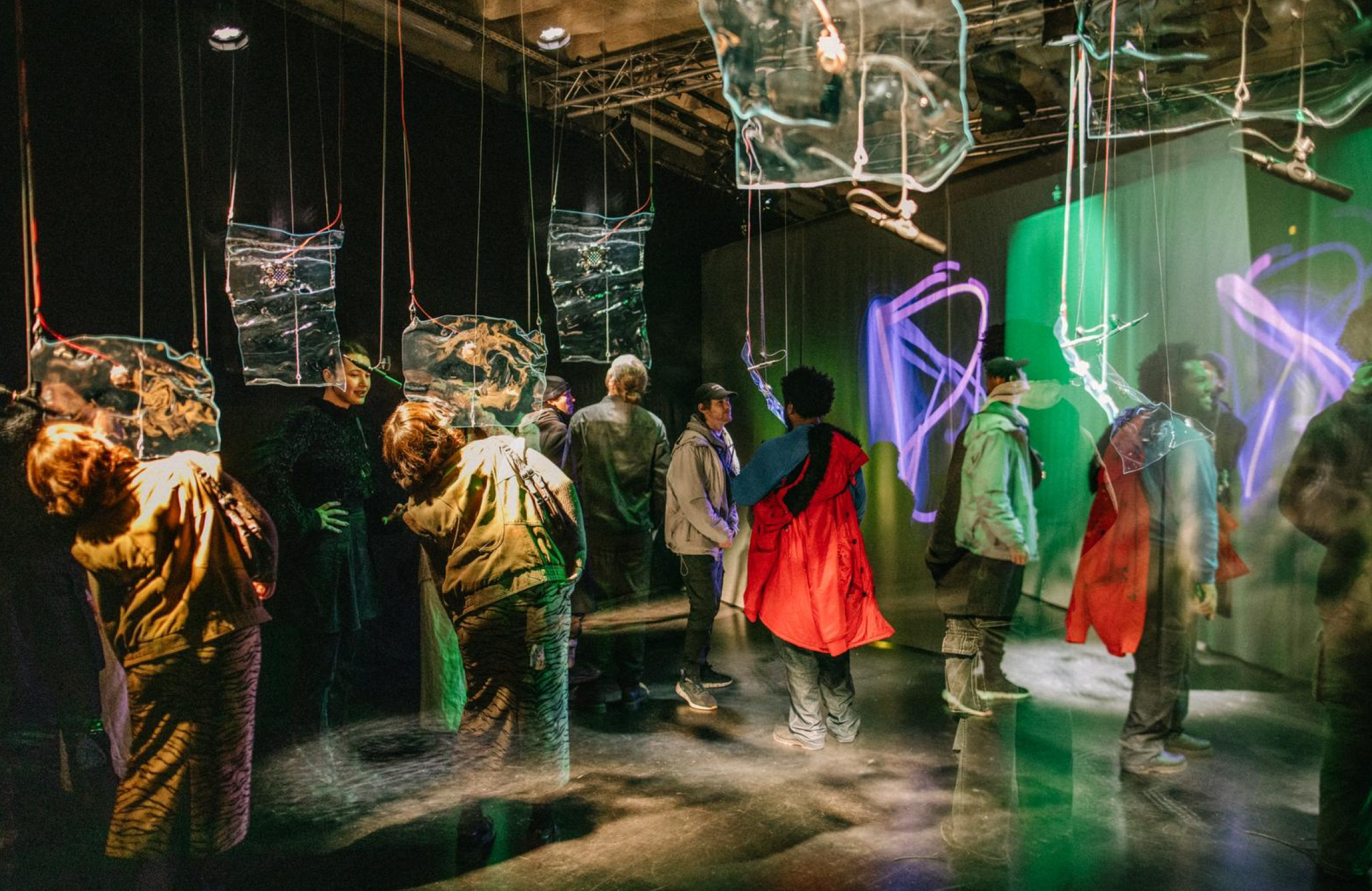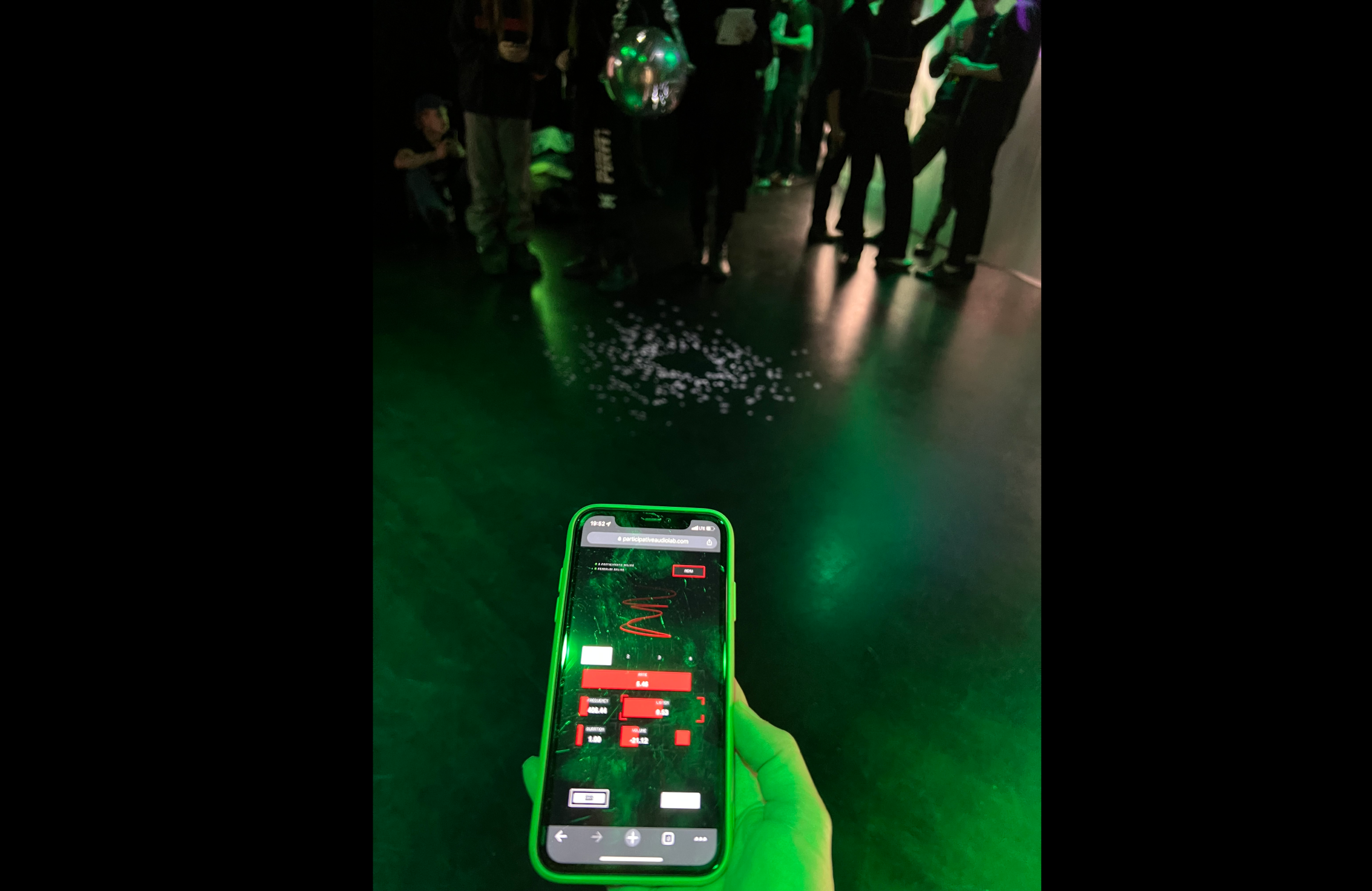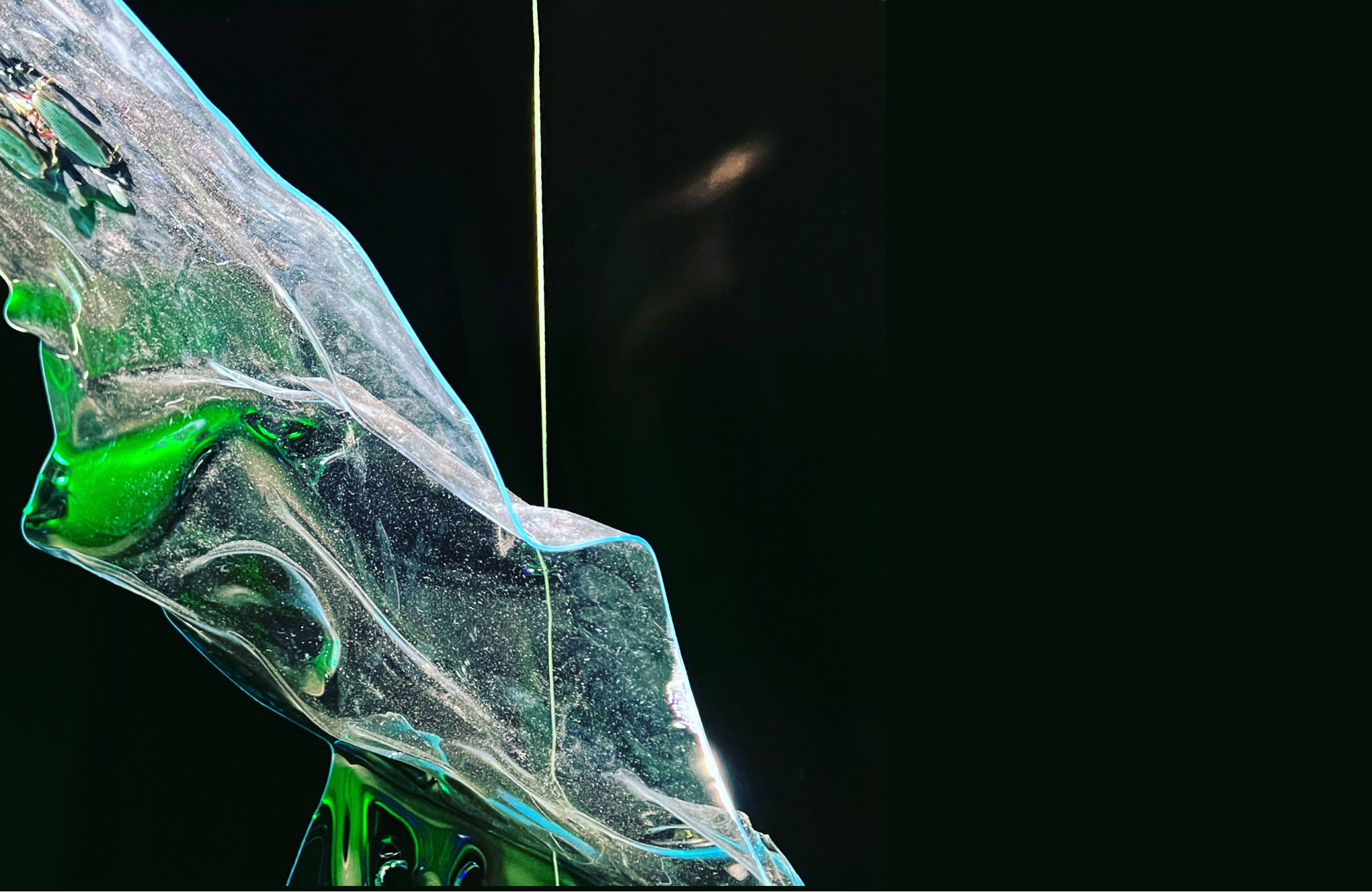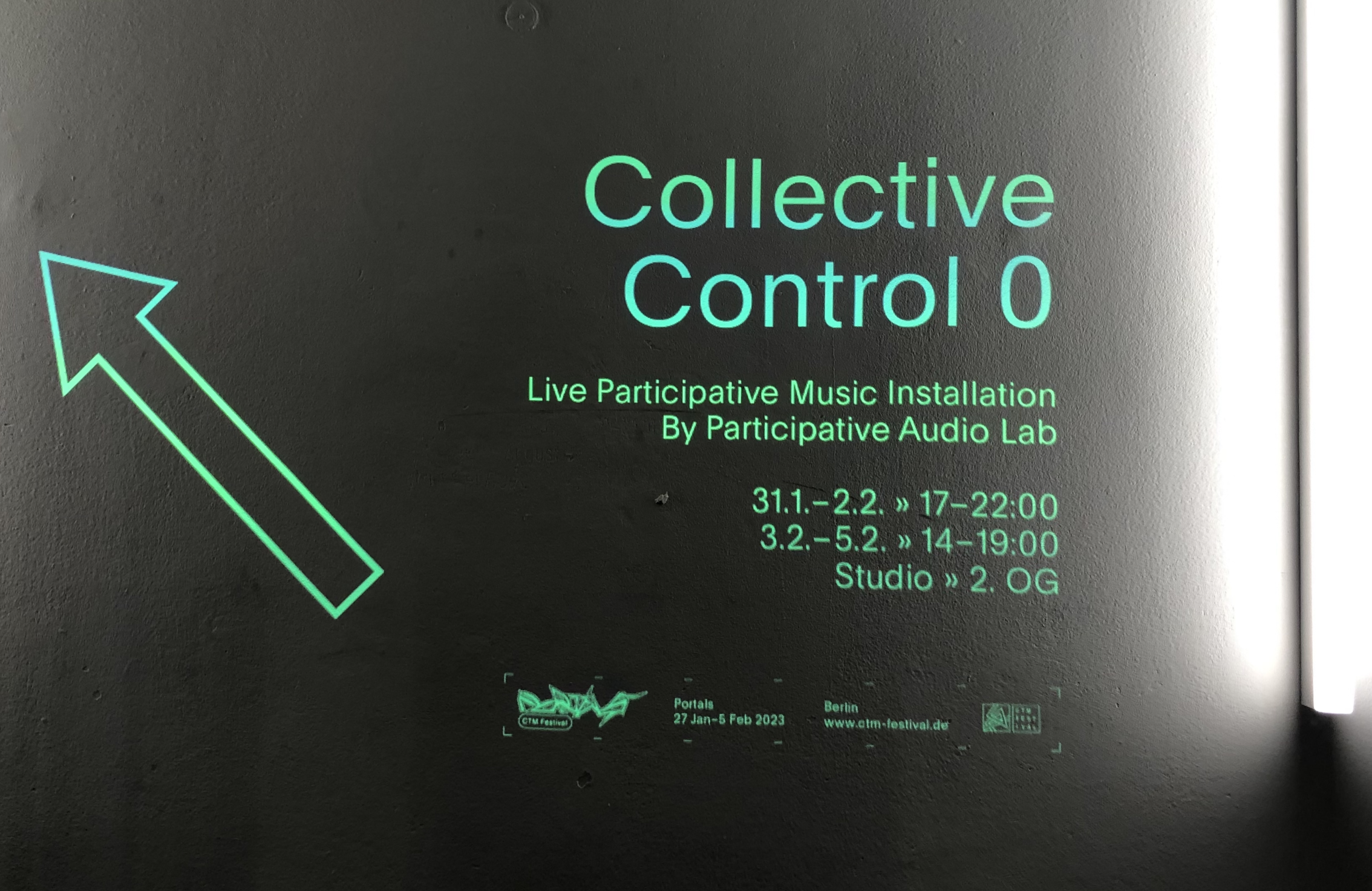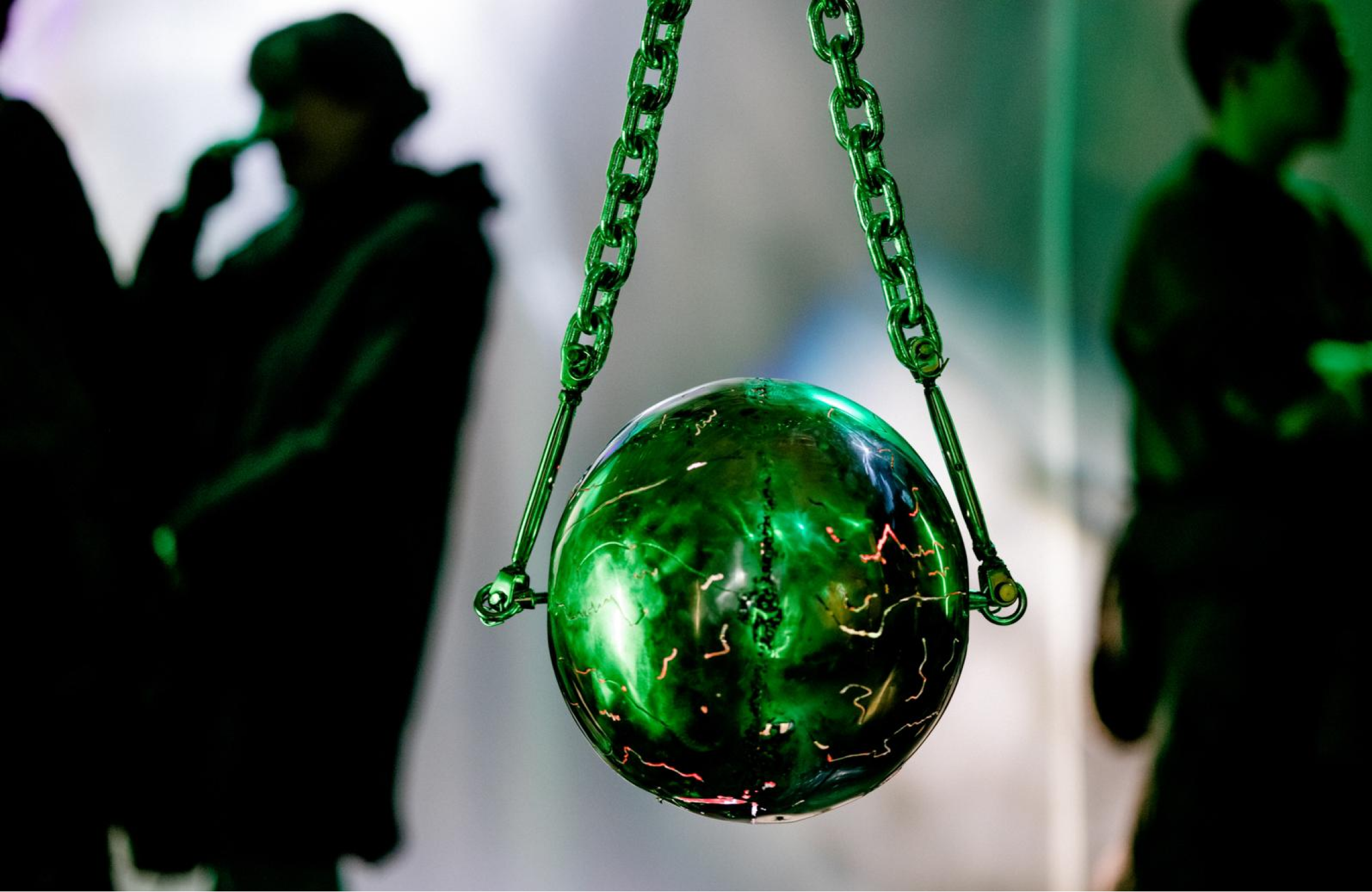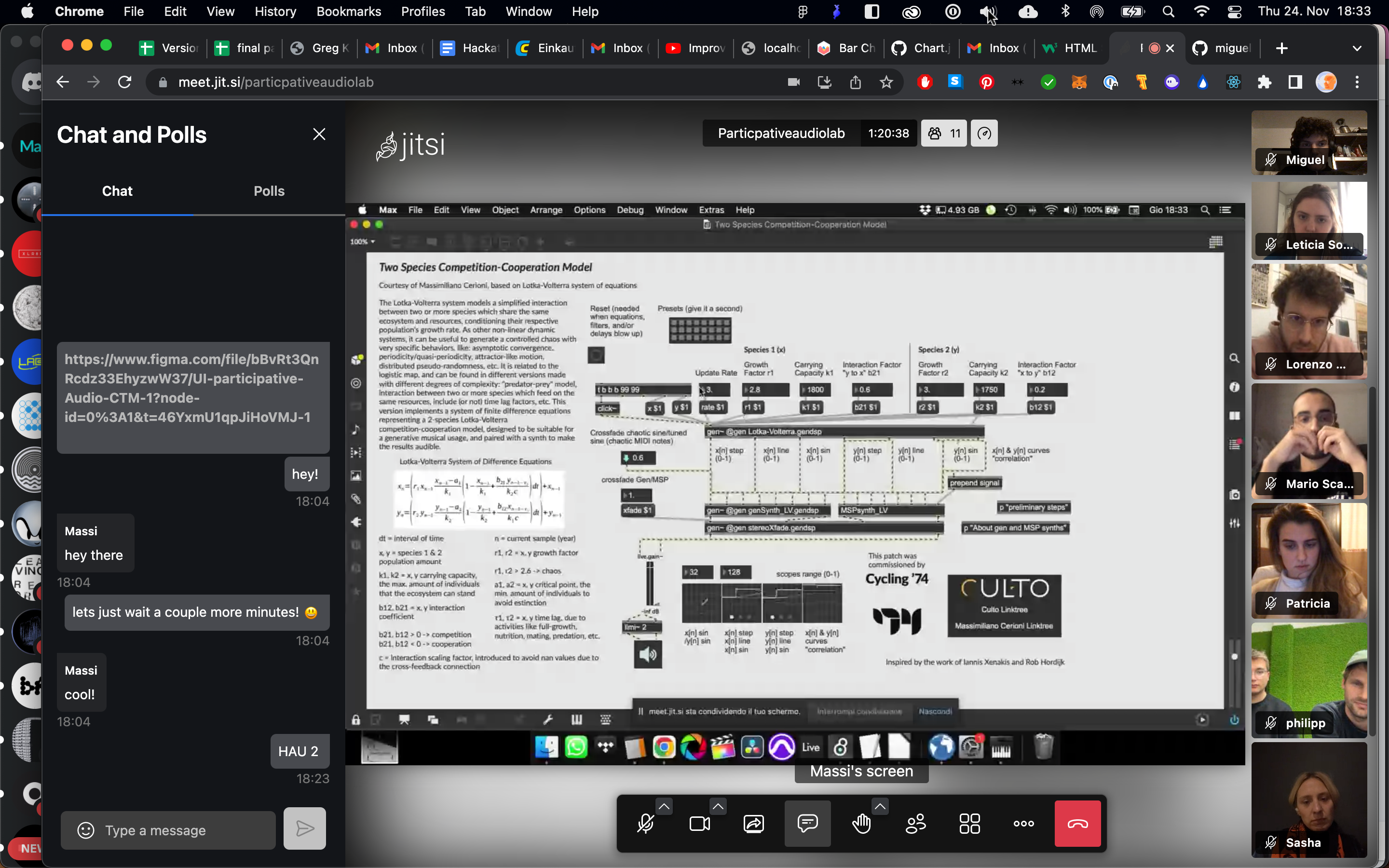His instruments, participative installations and research have been presented within CTM Festival 2023 in Berlin, Goethe-Institut Venezuela and within HKW Berlin, Centre Pompidou in Paris and CCCB in Barcelona through the Cultures d’avenir program.
In parallel, he works as a freelance IDE (Innovation Design Engineer); Prototyping tools for learning, well-being, and creative expression in collaboration with EdTech/HealthTech enterprises, startups, universities, and clinics.
Innovation Design Engineering agency
2022 - present
IDE-A is an innovation design & engineering agency that focuses on designing (from early project conception to full UX/UI), developing (from full stack and native development) and venturing into innovative ideas that make a difference, specializing in digital solutions for the education, healthcare and art industries. Recent projects:
︎︎︎ Hilda Startup improving access to home care agents in the U.S.
︎︎︎ 900s Innovative learning platform that offers custom AI-powered interactive podcasts. (Acquired by Axel Springer / BILD Germany.)
︎︎︎ Med+ Latin America-based doctor and Patient-focused EHR App that enhances early diagnosis and reduces doctors’ administrative workload.
Full projects list here
︎Agency website
2022 - present
IDE-A is an innovation design & engineering agency that focuses on designing (from early project conception to full UX/UI), developing (from full stack and native development) and venturing into innovative ideas that make a difference, specializing in digital solutions for the education, healthcare and art industries. Recent projects:
︎︎︎ Hilda Startup improving access to home care agents in the U.S.
︎︎︎ 900s Innovative learning platform that offers custom AI-powered interactive podcasts. (Acquired by Axel Springer / BILD Germany.)
︎︎︎ Med+ Latin America-based doctor and Patient-focused EHR App that enhances early diagnosis and reduces doctors’ administrative workload.
Full projects list here
︎Agency website





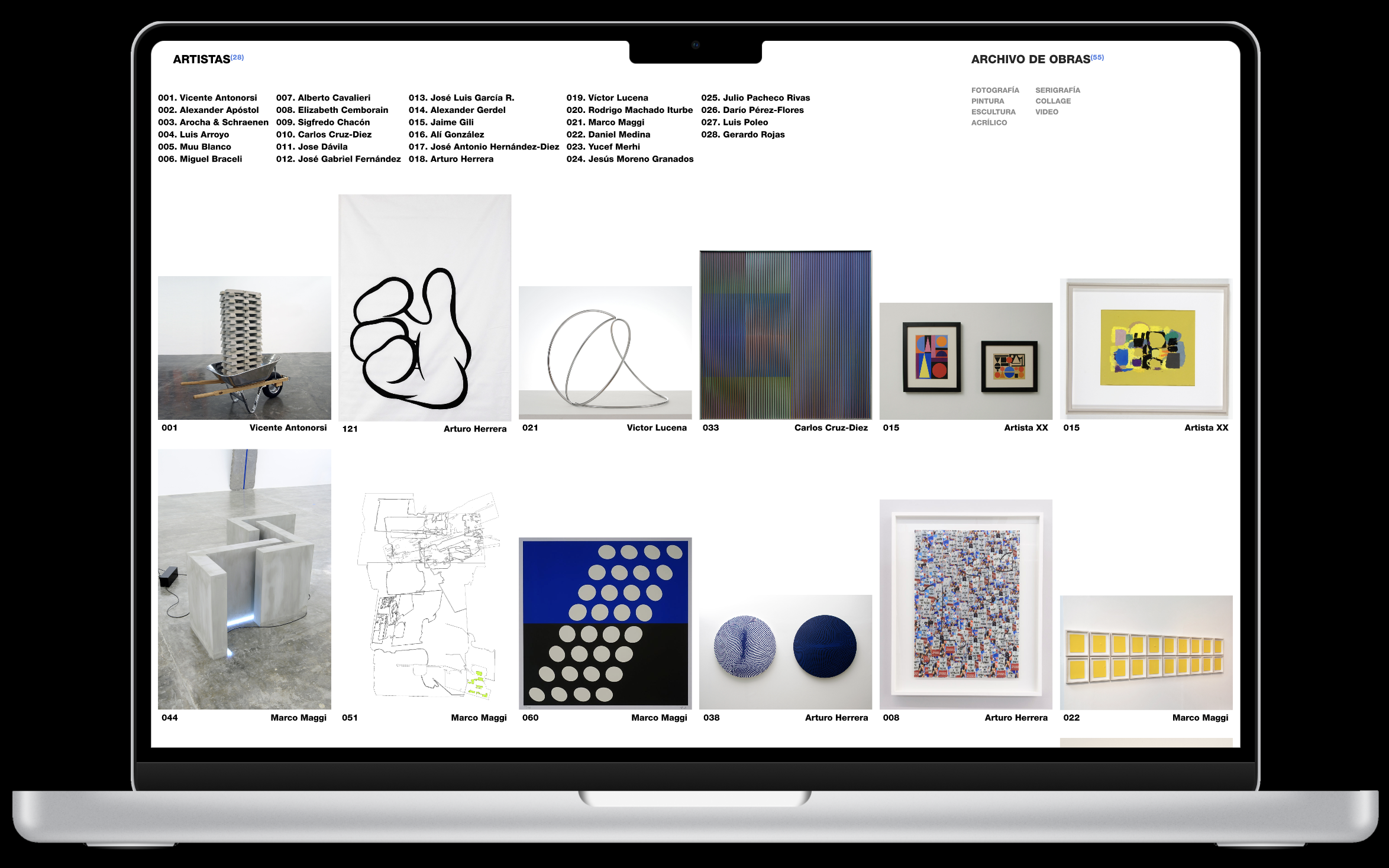
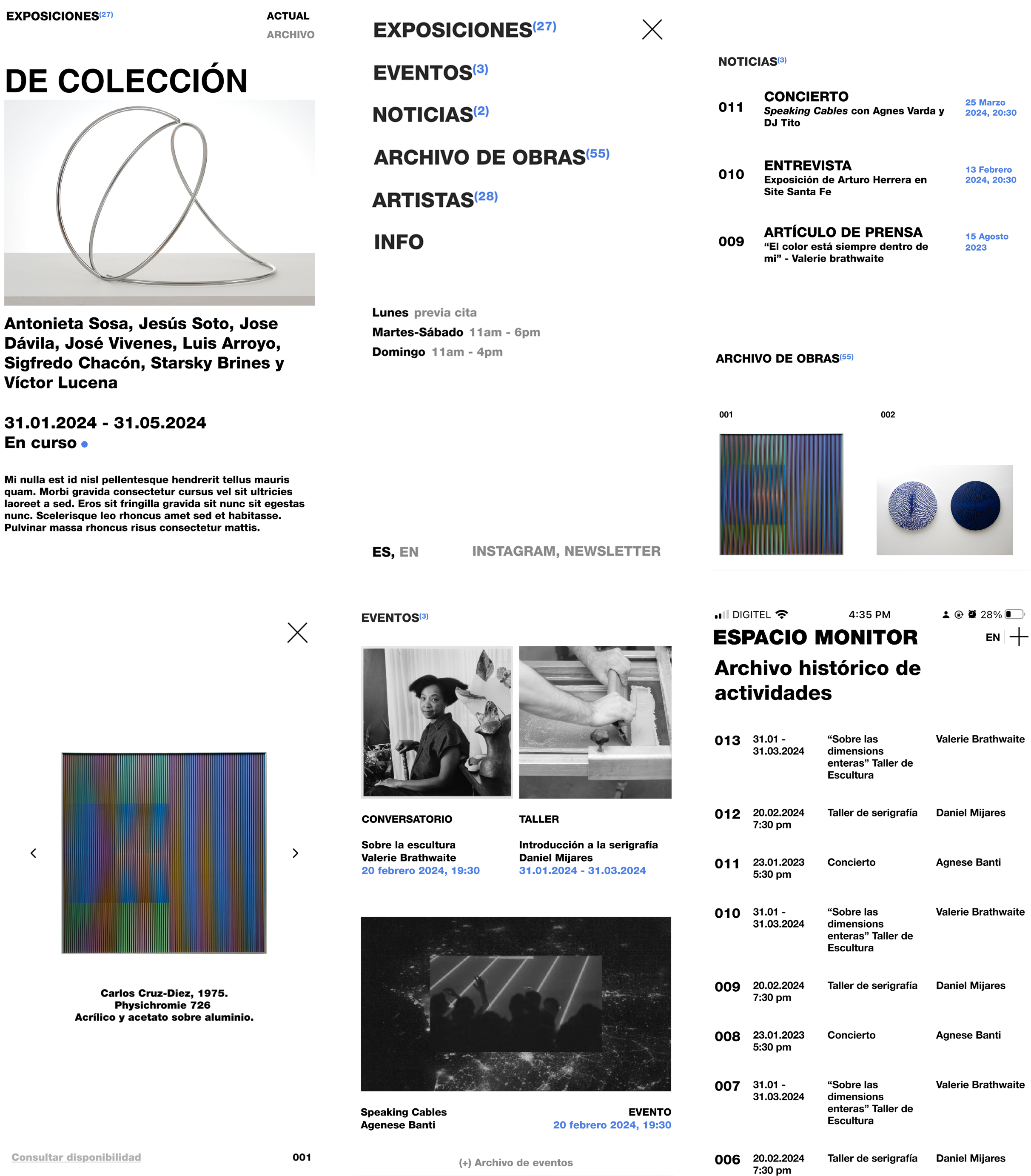


<< Ensamble >> rhythm installation
10 - 11.2024
Ensamble is an exhibition that brings together three artists from different disciplines and diverse backgrounds. Together, they create a visual and auditory essay based on two traditional rhythms—Perra and Macizón—from the coastal town of Todasana.
Ensamble is composed of 18 solenoids by musician Miguel La Corte, distributed across a Tambor Palitero by drum luthier Armando Pantoja and six paintings by visual artist Pepe López.
For over a decade, Pepe López has been painting drums crafted by Armando Pantoja for traditional festivals in the village of Todasana. The paintings here present are preliminary sketches for a group of cumaco drums made from avocado wood, which were used in the San Juan celebration in 2011.
In 2024, artist Pepe López invited musician Miguel La Corte to intervene in his paintings. In turn, he created a generative algorhythm that dissects these two traditional rhythms from the coastal town of Todasana, and depicts them -uniquely within each painting- in a de-generative fashion; effectively destructuring them over 12 minutes cycles to reveal the precise codes that, through their marking, make us feel our time.
︎Project website
︎About Ensamble:Exhibition presentation essay
︎Listen and view some individual pieces of the installation here
10 - 11.2024
Ensamble is an exhibition that brings together three artists from different disciplines and diverse backgrounds. Together, they create a visual and auditory essay based on two traditional rhythms—Perra and Macizón—from the coastal town of Todasana.
Ensamble is composed of 18 solenoids by musician Miguel La Corte, distributed across a Tambor Palitero by drum luthier Armando Pantoja and six paintings by visual artist Pepe López.
For over a decade, Pepe López has been painting drums crafted by Armando Pantoja for traditional festivals in the village of Todasana. The paintings here present are preliminary sketches for a group of cumaco drums made from avocado wood, which were used in the San Juan celebration in 2011.
In 2024, artist Pepe López invited musician Miguel La Corte to intervene in his paintings. In turn, he created a generative algorhythm that dissects these two traditional rhythms from the coastal town of Todasana, and depicts them -uniquely within each painting- in a de-generative fashion; effectively destructuring them over 12 minutes cycles to reveal the precise codes that, through their marking, make us feel our time.
︎Project website
︎About Ensamble:Exhibition presentation essay
︎Listen and view some individual pieces of the installation here
CC0: Installation at CTM Festival 2023
10.2022 - 02.2023
CC0 (Collective Control 0) is a system for live collective composition that operated in Berlin at HAU2 and also globally through the portal cc0.participativeaudiolab.com. It has been designed to enable distributed control for the public through low-barrier physical and digital instruments, allowing users to interact with and influence the system’s motion, sound, and structure directly.
On 31.01.23, after two months of collaborative development -Conceived and directed by Miguel La Corte- CC0 went live at the CTM Festival 2023. Public participants were invited to engage in a live, interdependent composition accessible both online and at HAU2 in Berlin.
The CC0 system consists of three instruments: “The Forum,” “Pendulum,” and “Pulse.” These were all built using a novel approach of web sockets with Max MSP/RNBO web target.
CC0 represents a significant checkpoint of my ongoing practice in creating instruments for public collective composition and forms a key component of my research into alternative forms of digital music distribution.
It is a system that proposes (on a technical and experiential level) a production-based process of collective creation as an alternative to standard, reproduction-based models of music distribution; a continuum of shared making—an instrument for a roomful of strangers.
CC0 was initiated thanks to support from the initiative »Prototyping Sonic Institutions« organised by Black Swan and CTM Festival 2022.
︎Project website
︎Exhibition booklet
︎Project development process, learning outcomes and conclusions
10.2022 - 02.2023
CC0 (Collective Control 0) is a system for live collective composition that operated in Berlin at HAU2 and also globally through the portal cc0.participativeaudiolab.com. It has been designed to enable distributed control for the public through low-barrier physical and digital instruments, allowing users to interact with and influence the system’s motion, sound, and structure directly.
On 31.01.23, after two months of collaborative development -Conceived and directed by Miguel La Corte- CC0 went live at the CTM Festival 2023. Public participants were invited to engage in a live, interdependent composition accessible both online and at HAU2 in Berlin.
The CC0 system consists of three instruments: “The Forum,” “Pendulum,” and “Pulse.” These were all built using a novel approach of web sockets with Max MSP/RNBO web target.
CC0 represents a significant checkpoint of my ongoing practice in creating instruments for public collective composition and forms a key component of my research into alternative forms of digital music distribution.
It is a system that proposes (on a technical and experiential level) a production-based process of collective creation as an alternative to standard, reproduction-based models of music distribution; a continuum of shared making—an instrument for a roomful of strangers.
CC0 was initiated thanks to support from the initiative »Prototyping Sonic Institutions« organised by Black Swan and CTM Festival 2022.
︎Project website
︎Exhibition booklet
︎Project development process, learning outcomes and conclusions
Culturs d’Avenir 2023
02.2023 - 07.2023
Selected among 15 artists for 6 month international research program organized in collaboration between HKW in Berlin, CCCB in Barcelona and Centre Pompidou in Paris.
Through a series of workshops, mentorships, talks, research assistance and intensive international meeting points, the program explores new techniques and processes of cultural mediation and collective art-making in the context of technological and social change.
Mentors included Tania Brugera (Head of Media and Performance at Harvard University), Bonaventure Ndikung (Curator, 2025 São Paulo Biennial), Ahmet Ögüt (The Silent University), among many others.
As part of my research contribution, I presented an essay/repository titled: The Open Media Ecology: Networks of Cultural Aaptation ︎︎︎
︎Project website
︎Project development process, learning outcomes and conclusions
02.2023 - 07.2023
Selected among 15 artists for 6 month international research program organized in collaboration between HKW in Berlin, CCCB in Barcelona and Centre Pompidou in Paris.
Through a series of workshops, mentorships, talks, research assistance and intensive international meeting points, the program explores new techniques and processes of cultural mediation and collective art-making in the context of technological and social change.
Mentors included Tania Brugera (Head of Media and Performance at Harvard University), Bonaventure Ndikung (Curator, 2025 São Paulo Biennial), Ahmet Ögüt (The Silent University), among many others.
As part of my research contribution, I presented an essay/repository titled: The Open Media Ecology: Networks of Cultural Aaptation ︎︎︎
︎Project website
︎Project development process, learning outcomes and conclusions
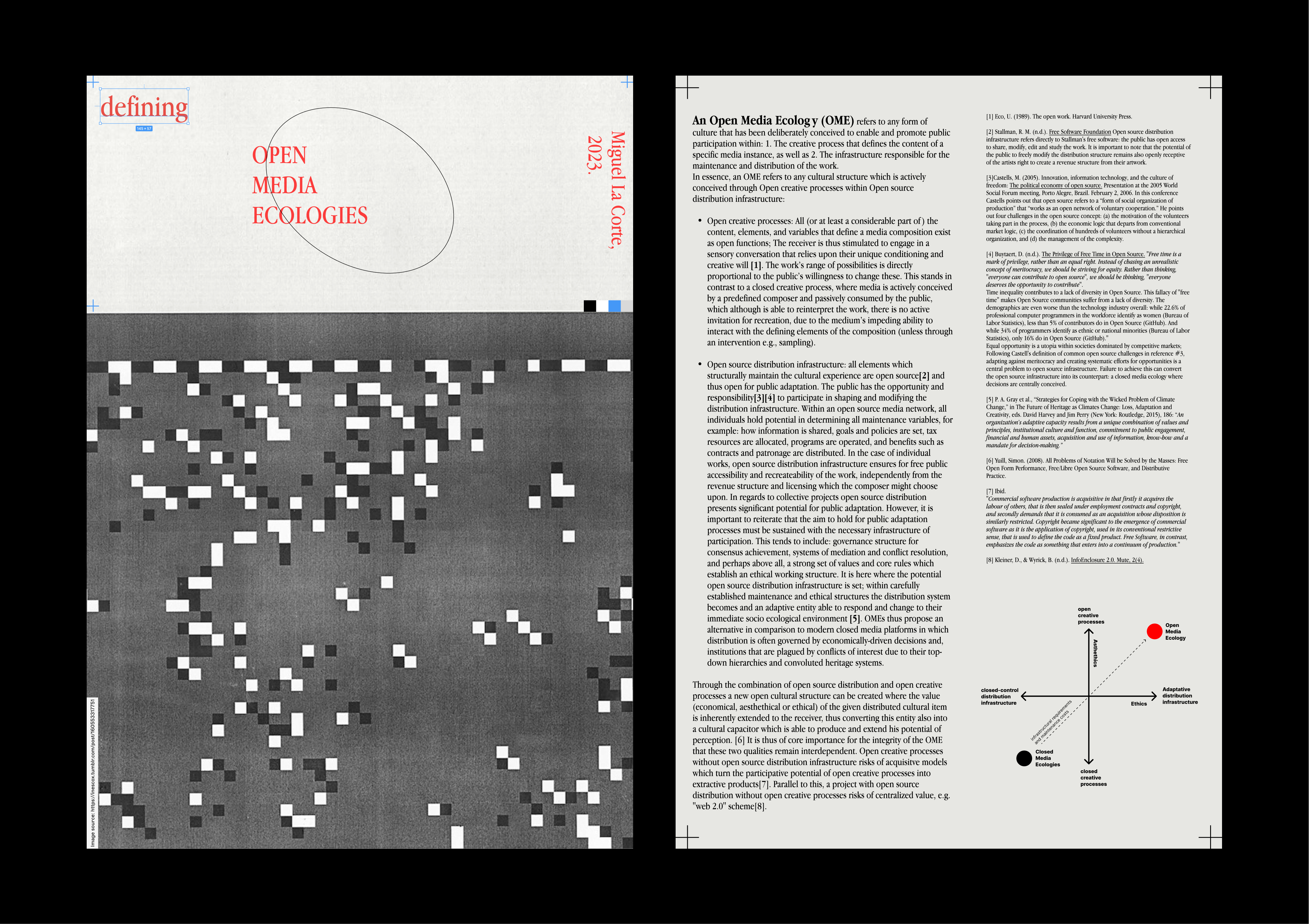
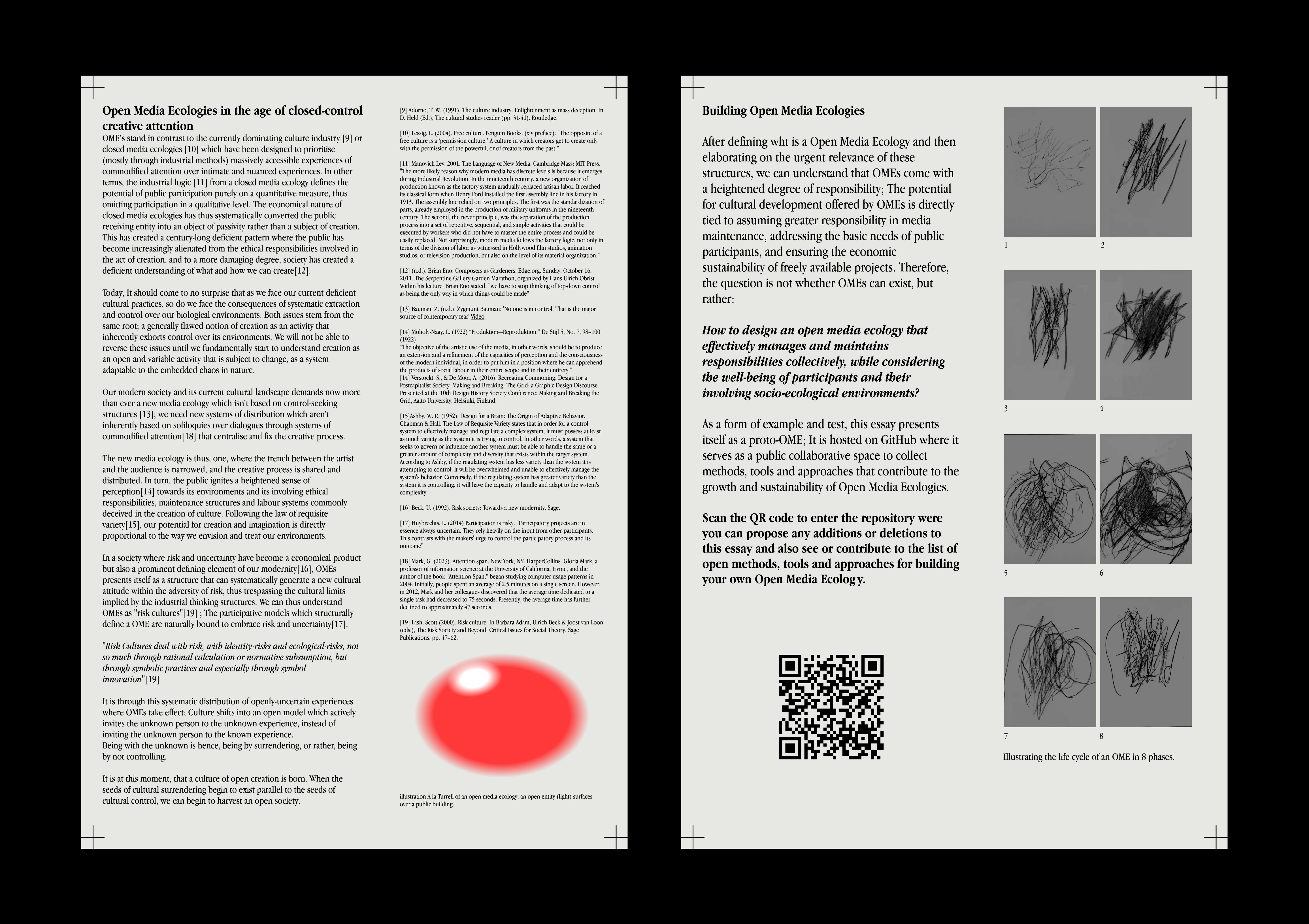
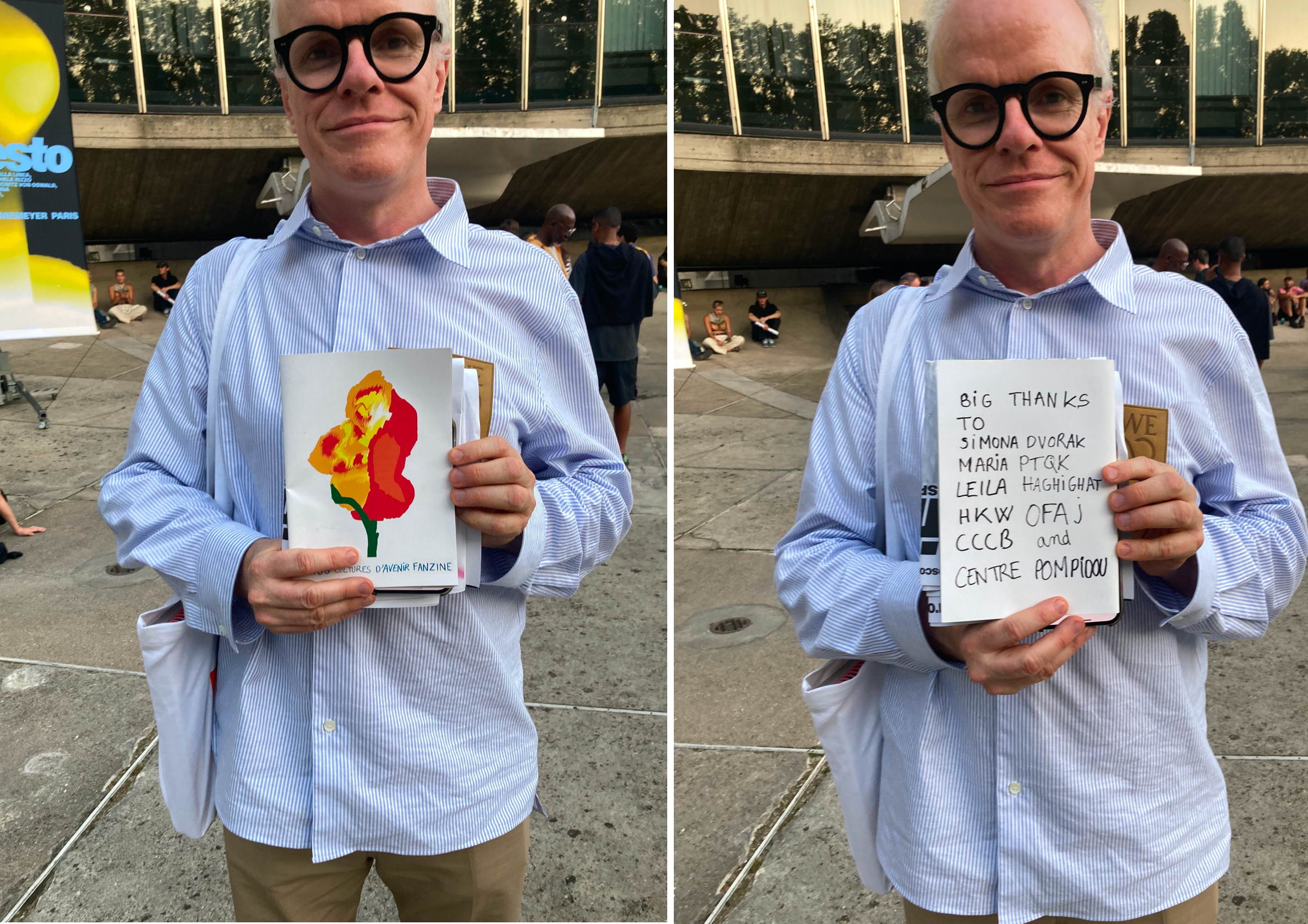
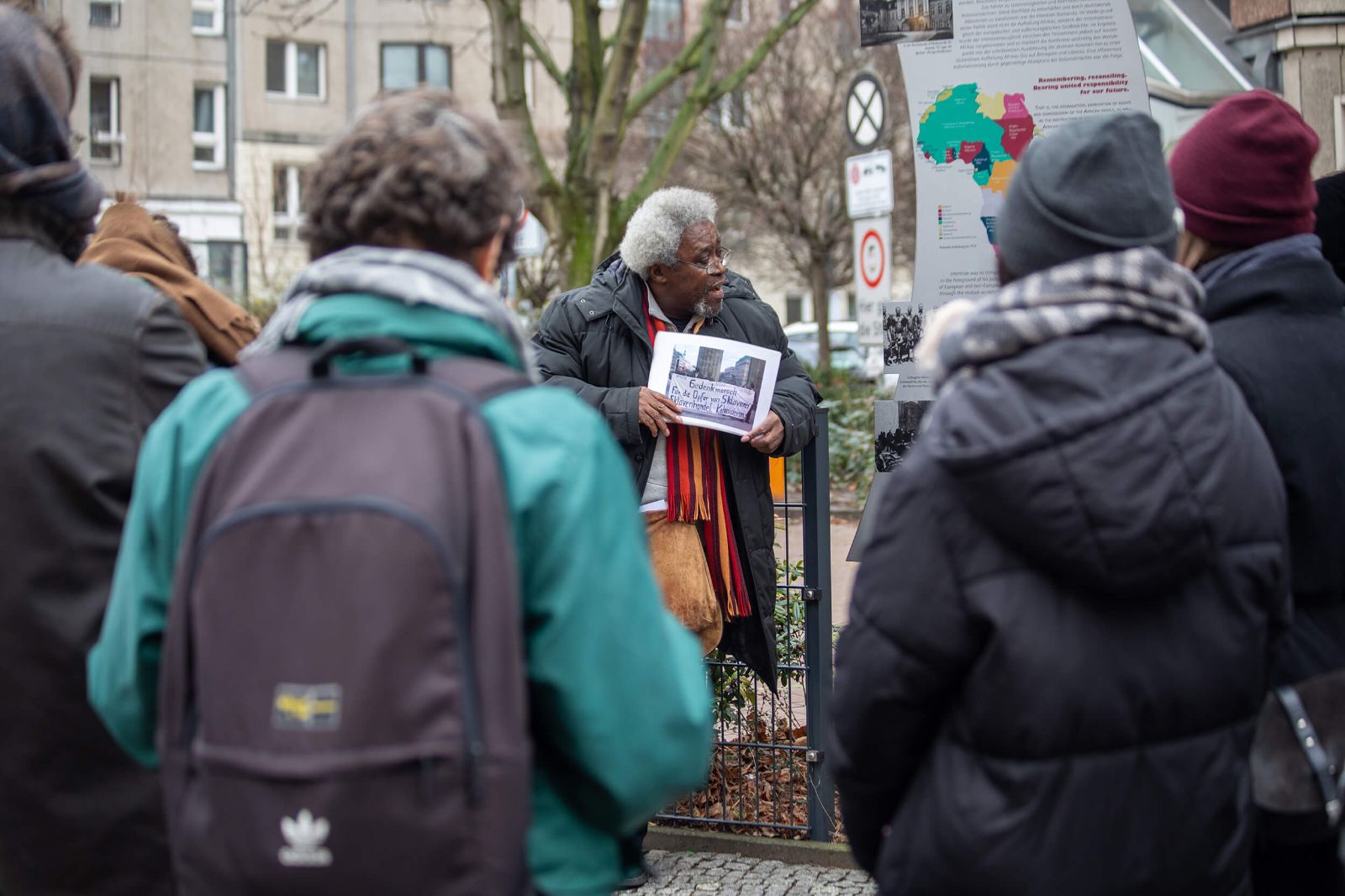
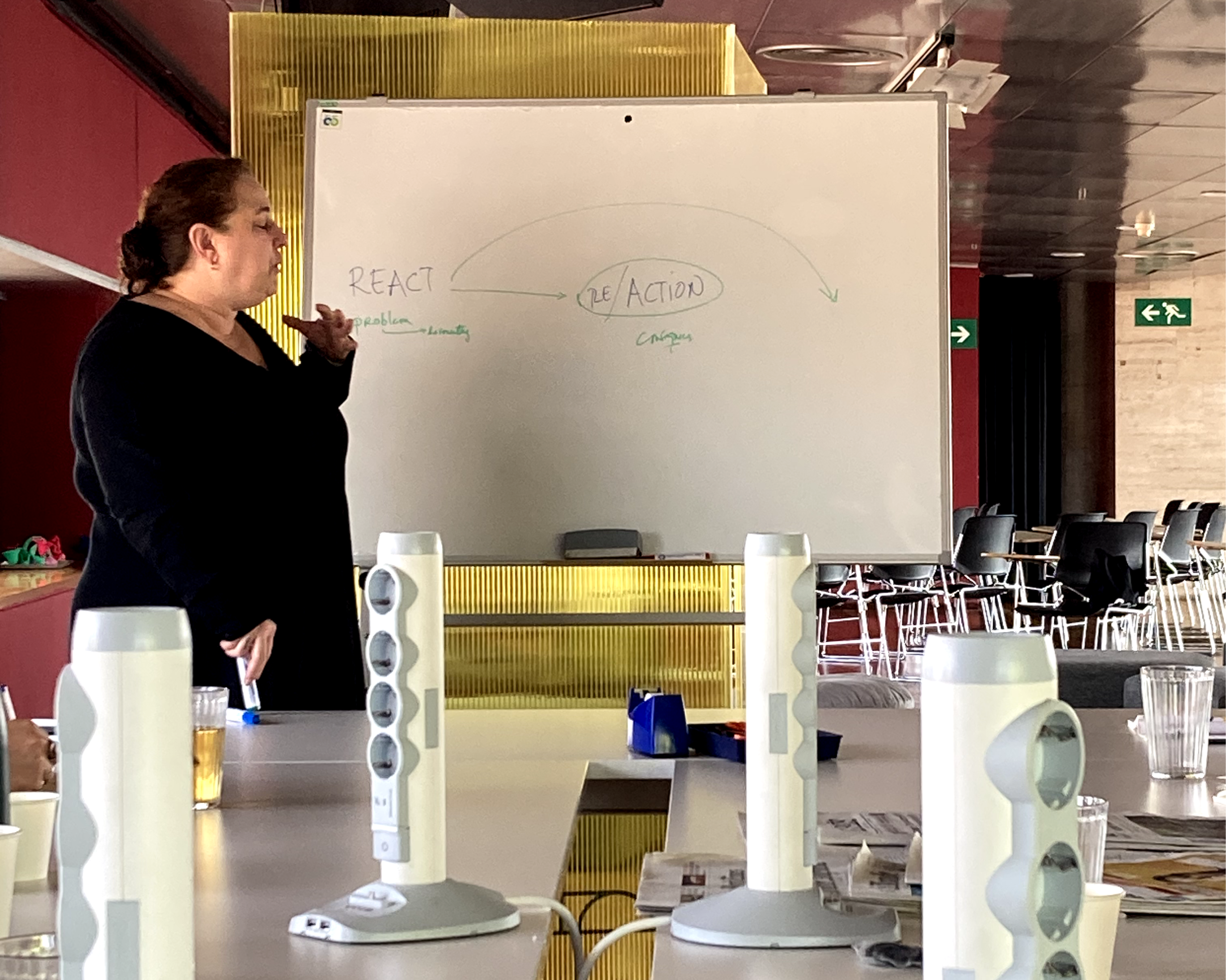

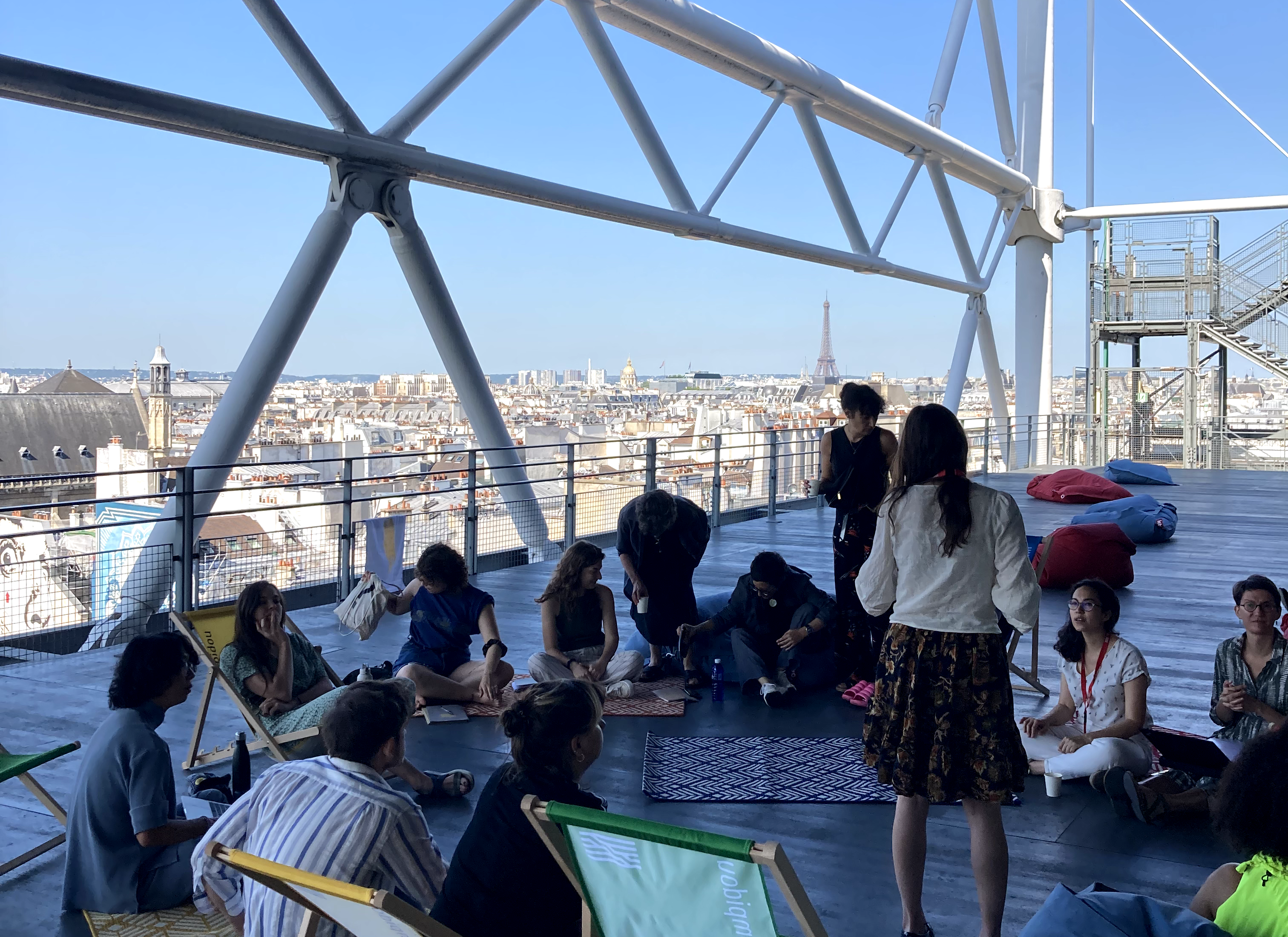


Myriorama Instruments
2016 - Present
Myriorama was originally founded in 2016 as an electroacoustic piano restoration company.
As the project founder, my work involved both fully restoring all sound capabilities of these instruments as well as renovating all cosmetic parts, and (in some cases where the piano’s casing is irreversibly damaged) fully redesigning it with a new and custom case.
Over time Myriorama evolved into a full electronic instruments R/D agency, with special focus on the potential of public and collective instrumentation.
︎Project website
︎Project development process, learning outcomes and conclusions
2016 - Present
Myriorama was originally founded in 2016 as an electroacoustic piano restoration company.
As the project founder, my work involved both fully restoring all sound capabilities of these instruments as well as renovating all cosmetic parts, and (in some cases where the piano’s casing is irreversibly damaged) fully redesigning it with a new and custom case.
Over time Myriorama evolved into a full electronic instruments R/D agency, with special focus on the potential of public and collective instrumentation.
︎Project website
︎Project development process, learning outcomes and conclusions


